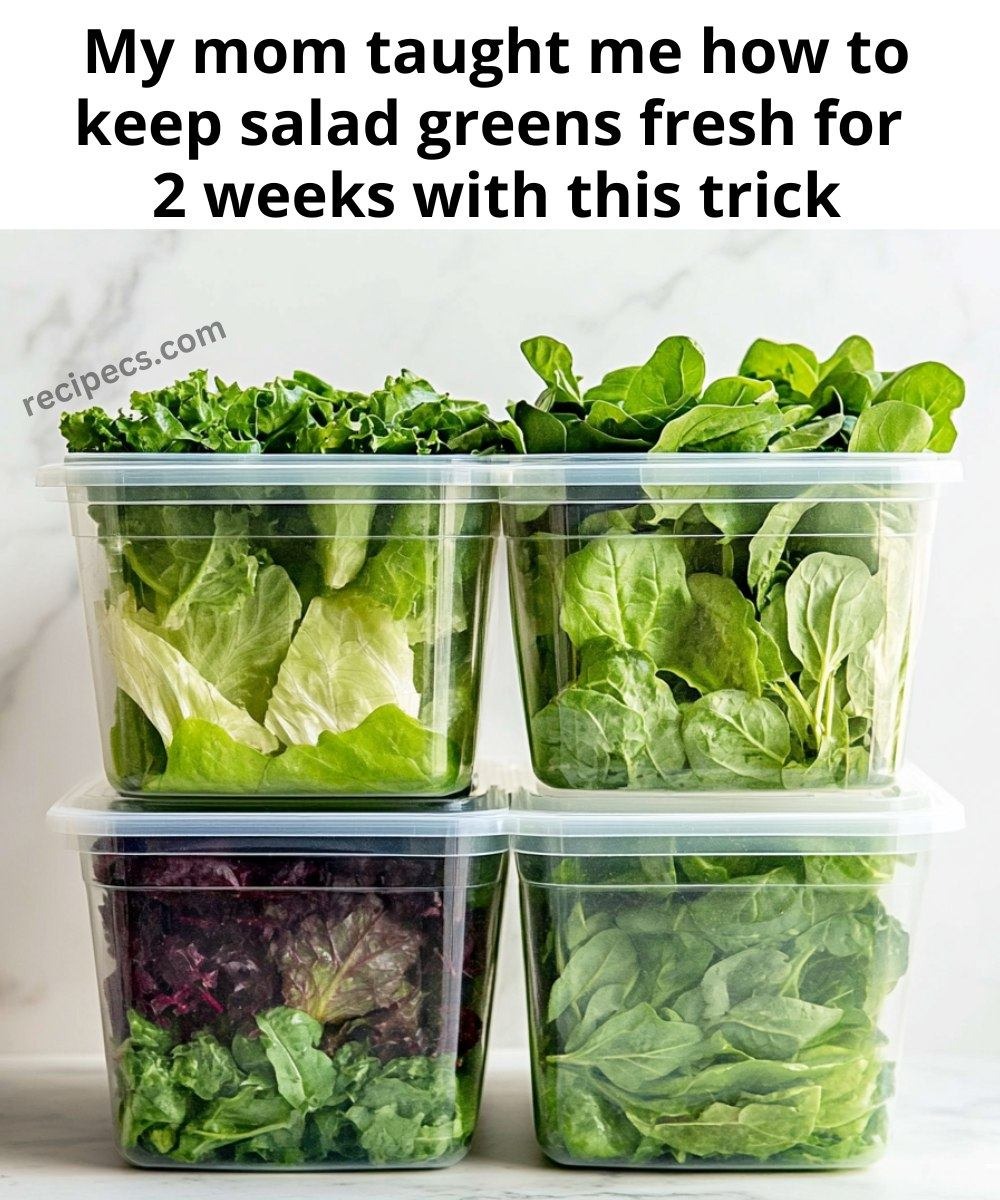ADVERTISEMENT
### **The Best Way to Extend the Shelf Life of Salads**
Salads are a refreshing, healthy, and versatile addition to any meal. However, they can be tricky when it comes to keeping them fresh, especially when you’ve prepared a large batch in advance. Wilted lettuce, soggy vegetables, and soggy dressing can make your salad less appetizing and result in food waste. Fortunately, there are several methods you can use to extend the shelf life of your salads, ensuring they stay fresh and delicious for days.
In this article, we’ll discuss the best tips and techniques for keeping your salads fresh longer, so you can enjoy them at their peak for as long as possible.
—
### **1. Use Fresh Ingredients**
The first step to extending the shelf life of your salad is to start with fresh ingredients. Using the freshest produce available will give your salad a longer life in the fridge. Look for crisp greens, firm vegetables, and ripe but not overly soft fruits.
– **Leafy Greens**: If possible, opt for sturdier greens like romaine, kale, or spinach, which tend to last longer than more delicate greens like arugula and mixed baby greens.
– **Vegetables**: Vegetables such as cucumbers, bell peppers, and carrots hold up well in salads and can last longer when stored properly.
– **Herbs**: Fresh herbs can add flavor, but they should be added just before serving to prevent wilting.
—
### **2. Dry Your Greens Thoroughly**
Moisture is the enemy when it comes to salads. Excess water will cause the greens to wilt and become soggy much quicker. To avoid this:
– **Use a Salad Spinner**: After washing your greens, use a salad spinner to remove as much water as possible. This will help keep the salad crispy and fresh.
– **Paper Towels**: If you don’t have a salad spinner, pat your greens dry with a clean towel or paper towels.
—
### **3. Store Ingredients Separately**
If you’re preparing a salad in advance, it’s best to store the components separately to keep them fresh longer. This is especially important for ingredients that don’t hold up well when mixed, like tomatoes, cucumbers, or dressings.
– **Greens and Vegetables**: Keep your greens and chopped vegetables in separate containers. Consider using airtight containers or resealable bags.
– **Dressings**: Always store your dressing separately and add it just before serving. If the dressing is mixed in ahead of time, the greens will become soggy, and the salad will lose its crispness.
—
### **4. Use Airtight Containers**
For best results, store your prepped salad ingredients in airtight containers. These containers help prevent air from getting in, which slows down the oxidation process that can cause your salad to wilt or lose its freshness.
– **Glass Containers**: Glass containers are ideal because they are non-reactive and keep the contents fresh without affecting the flavor.
– **Plastic Containers**: If using plastic, make sure the container is BPA-free and has a secure lid to avoid leaks.
—
### **5. Add a Paper Towel to the Storage Container**
To absorb any excess moisture, place a paper towel at the top of your container or inside your salad bag. The towel will help draw out moisture, keeping your greens dry and extending the freshness of your salad.
For Complete Cooking STEPS Please Head On Over To Next Page Or Open button (>) and don’t forget to SHARE with your Facebook friends
ADVERTISEMENT
